(ECNS) -- The 2022 Beijing Olympics witnessed eye-catching moments of breathtaking speed and the charm of ice and snow activities, including Alpine skiing, short track speed skating, figure skating, and ice hockey.
What makes the games even more attractive is the rich culture bearing Chinese elements, as evidenced by the globally popular mascots Bing Dwen Dwen and Shuey Rhon Rhon, and the venues, such as "Flying Snow Dragon", "Ice Ribbon", and "Snow Ruyi." Through the technology-intensive venues and digitalized live broadcasts, the Winter Olympics have integrated Chinese culture with modern technologies. And the trend of ice and snow activities in the new era has been brought to communities, culture squares, museums, and tourist attractions across the country.
Undoubtedly, "engaging 300 million people in ice and snow activities" is more of concrete action. In the past decade, the "seeds" of winter sports have been planted across the nation. Statistics show that from 2015 when Beijing won the bid for Winter Olympics to October 2021, up to 346 million people were involved in ice and snow activities nationwide.
The curtain of the Beijing Winter Olympics has fallen, however, its legacy continues to boost the popularity of the sports. After renovation, Ice Hockey Arena has become one of the major venues for youth ice hockey competitions and the National Speed Skating Oval, has opened a total of 6,000 square meters to the public.
Today, ice and snow sports have broken the limits set by seasons and gained wide popularity among Chinese people.








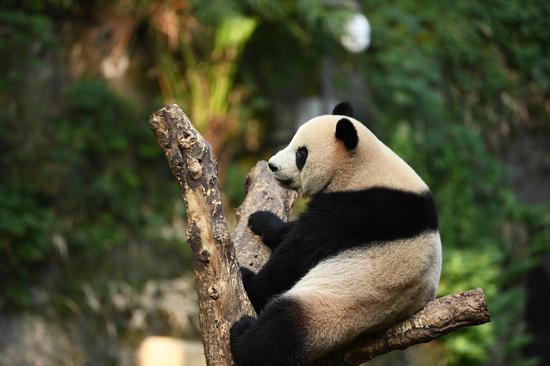
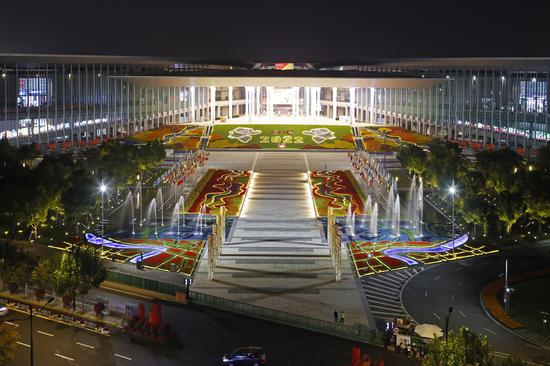
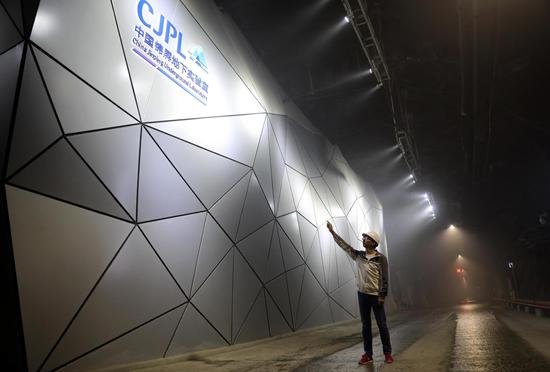

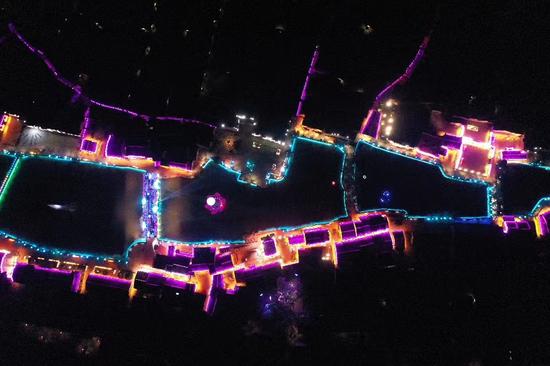


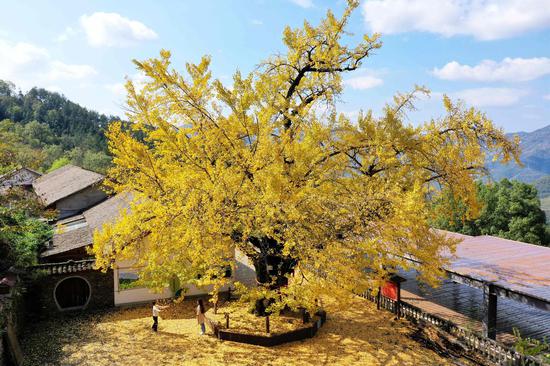







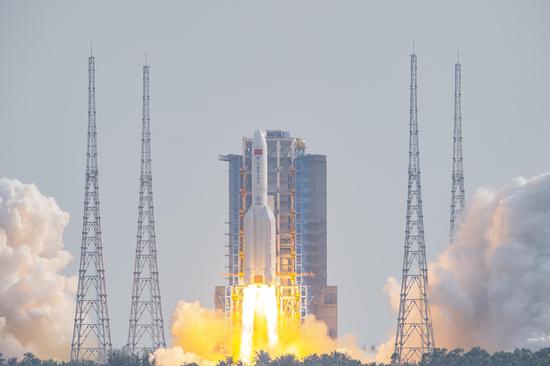
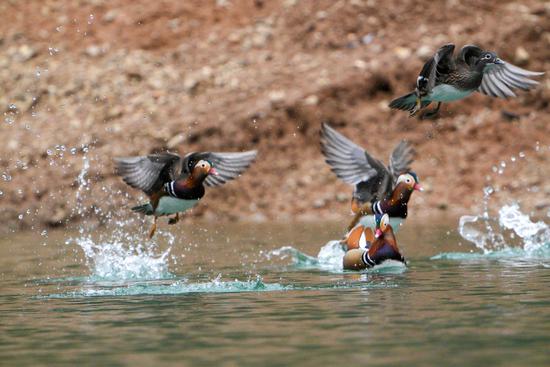
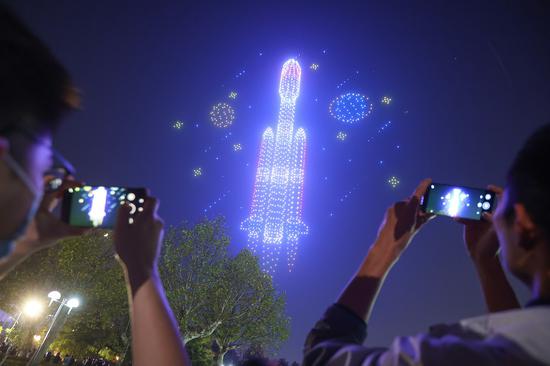

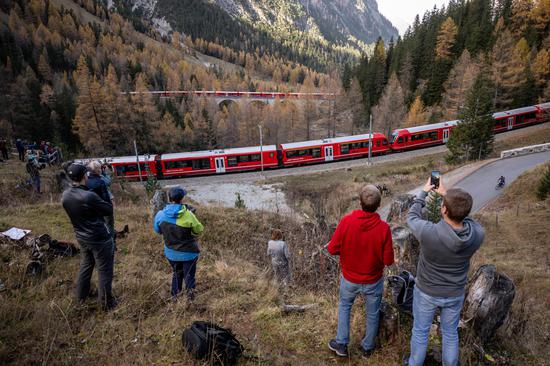
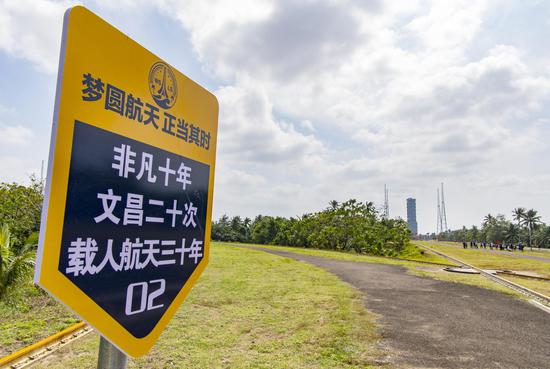

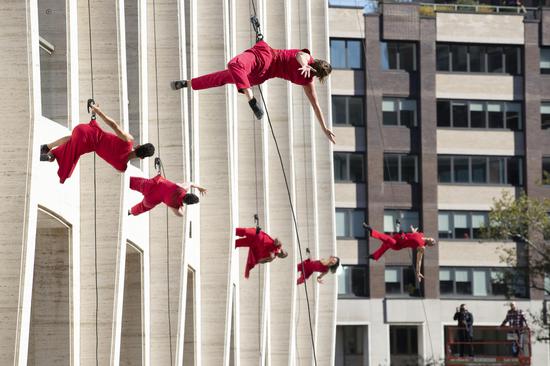
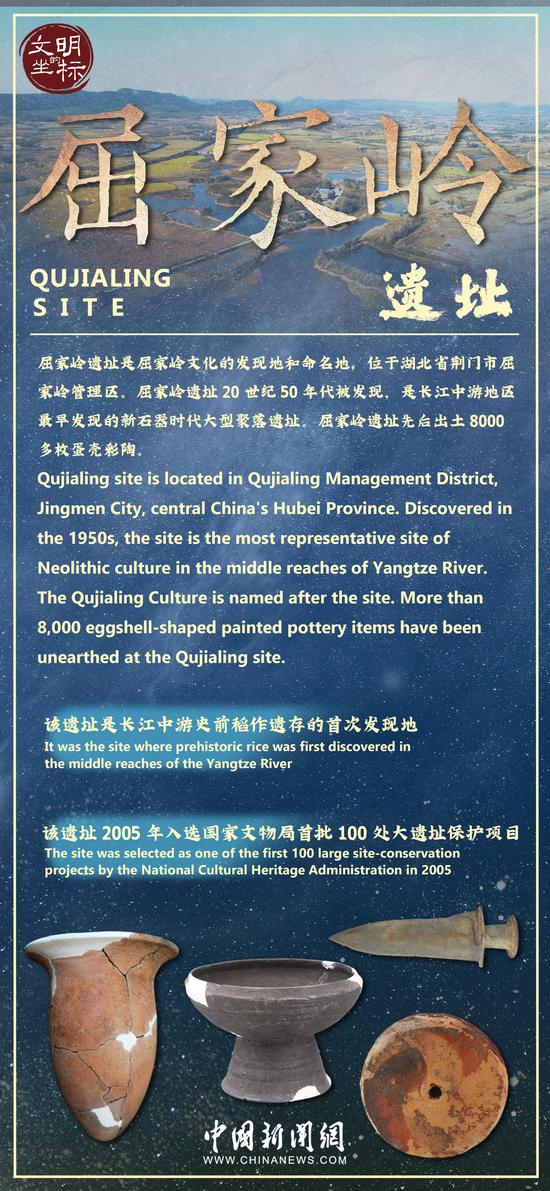

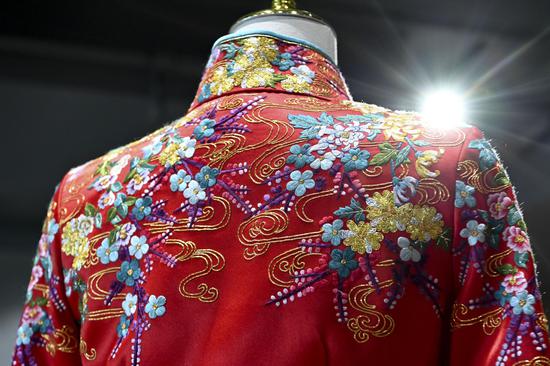

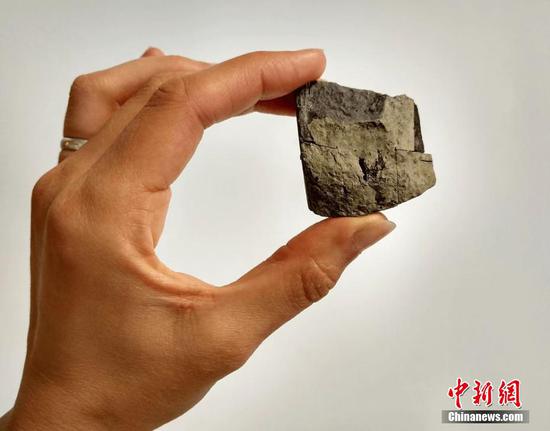

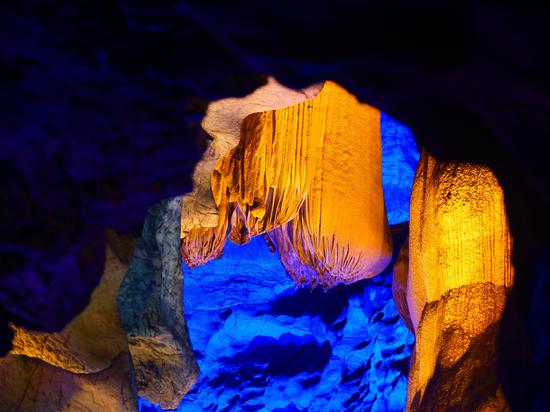
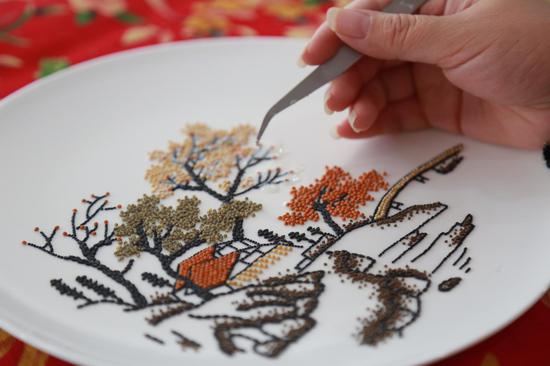


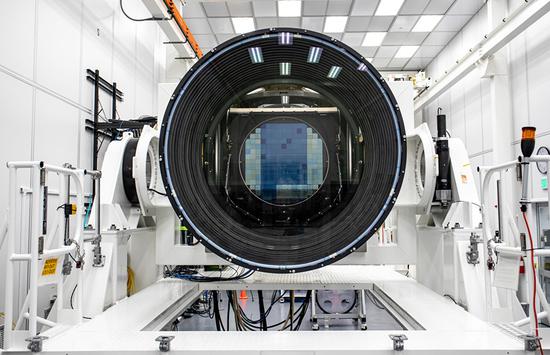
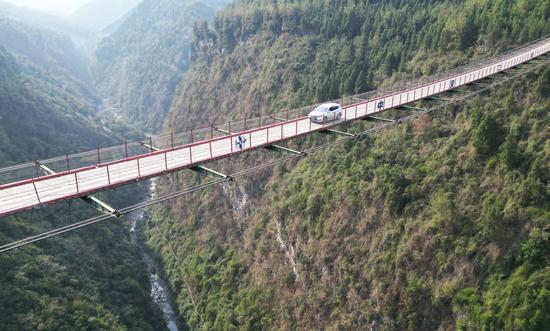
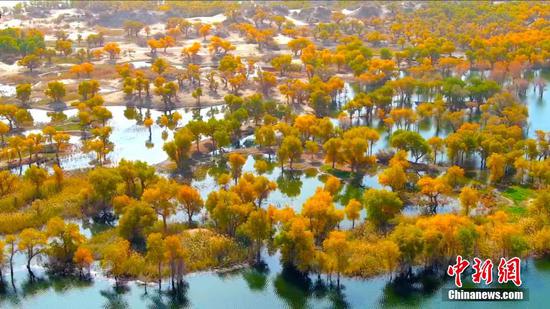






 京公网安备 11010202009201号
京公网安备 11010202009201号